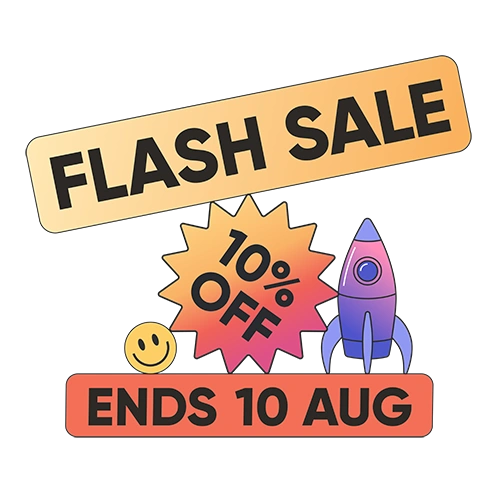Educating your audience is important if you’re an NPO or charity! You want people to know why your work is important and why they should support you. Video has the power to do just that and is an important part of any marketing plan.
What’s in this Article?
In this article, we show you how to leverage video to captivate stakeholders, communicate your impact, and articulate the value of your initiatives. The focus of the article is on the higher-level approach but if you need more detailed technical resources you can check out the below links.
- How to improve your marketing with video
- How to plan your year’s video content
- Explainer video style ideas
- How to write an explainer video script
How Should a Nonprofit Use Video?
The video should be used to address many parts of your marketing “funnel”. Below is a breakdown of some ways that video is used. We’ve included some recommended video durations.
- Raising Awareness:
- Overview videos for cold outreach (60s duration)
- Adverts for paid media or social (6-15s)
- Content videos to educate on a topic (2-5 mins)
- Videos for conferences (60s-90s)
- Consideration:
- Overview video for website (60-90s)
- Case studies (2-5 mins)
- Testimonials (1-2 mins)
- Sealing the deal
- Sales videos (60-120s)
- Personalized videos to donors (60-180s)
- Progress updates (60s-120s)
Keep it Simple
Attention spans are fleeting, so keep your information concise and digestible. Define your core message clearly and try to stick to it. You should focus on only one or two core messages in any video. That way you improve understanding and your video has more impact.
Show the Impact You’re Making
If you’re making an overview video, people need to understand the “why” behind your organization.
- What problem are you addressing in society?
- What impact have you made?
- Why should they support you?
This is the foundation of a good video for a nonprofit and it’s important to say this in a punchy and clear way. A good video agency (hint: us) can help you with that. Remember to give people the big picture rather than focusing on minor details.
Tell Authentic Stories
Humans love stories and it’s a great way to communicate. You can use stories to make the problems you’re solving more tangible and to demonstrate the impact of donations or other support. You can also use stories to highlight success stories and show the impact that donations and other support have made. Animation is often a useful way to achieve this as it’s an excellent story-telling tool. Alternatively, interviews or other live-action footage can also be very impactful.
Elicit Emotion
You should immerse your viewer in a visual narrative that will evoke emotion, empathy and action. One way of doing this is to think about experiences that have fueled your passion for this work and altered your life and perspective, then try to emulate that for the viewer.
Foster Trust and Credibility
Establishing trust with your stakeholders and donors is important and video can be used as a tool to build that trust. One way to do this is to communicate successes and milestones using video. This reinforces your reliability and suitability as a partner to invest time and money into.
Budgets
It would help if you thought of your video budget in terms of consisting of two categories.
- Premium content, and
- Simpler content.
Your premium content is custom original content done to a higher standard and is suitable for things like an overview video. Simpler content includes videos that are simple edit jobs or that reuse existing elements. It helps to start by creating premium content first, and then piggy-back off that to create the simpler content. This allows you to reuse the visual elements or just to inform the design language.
Conclusion
By following these simple yet effective approaches, charities and nonprofits can leverage the power of video to educate their audience, raise awareness, and drive meaningful engagement for their cause. If you want to see more style ideas, check out our video portfolio on YouTube.
